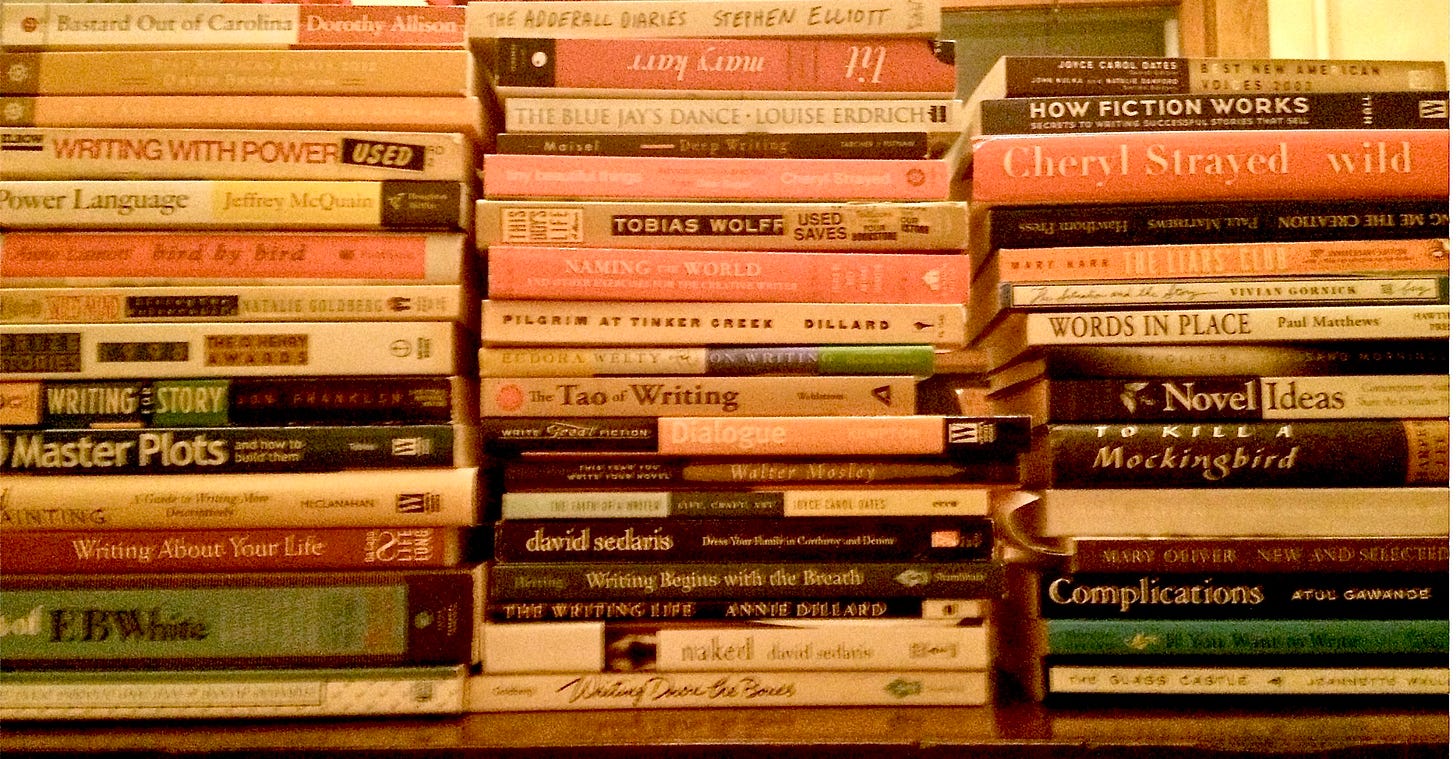We sometimes imagine writing about our lives as a confession, a spilling out. And at first, it might be like that. But it can also be precision: shaping a sentence until it feels exactly true, not in the factual sense, but in the sense that it rings clear in the body.
To write is to sit with disarray and sift, not to erase pain, but to arrange it in a way that gives it shape and coherence—what psychologist Dan McAdams calls “narrative identity.”
We become who we are in the stories we tell and the way that we tell them.
In this sense, then, if writing heals—and it does—the healing happens when we write not just to tell, but to listen—closely, intently—to language itself. When we stop rushing toward what we think we mean, and instead turn toward the texture of a phrase, the grain of an image, the subtle tilt of a line. In this slowing down, this close, devoted, and, yes, loving attention to craft, something inside us starts to mend.
As André Aciman writes in his essay “How Memoirists Mold…





